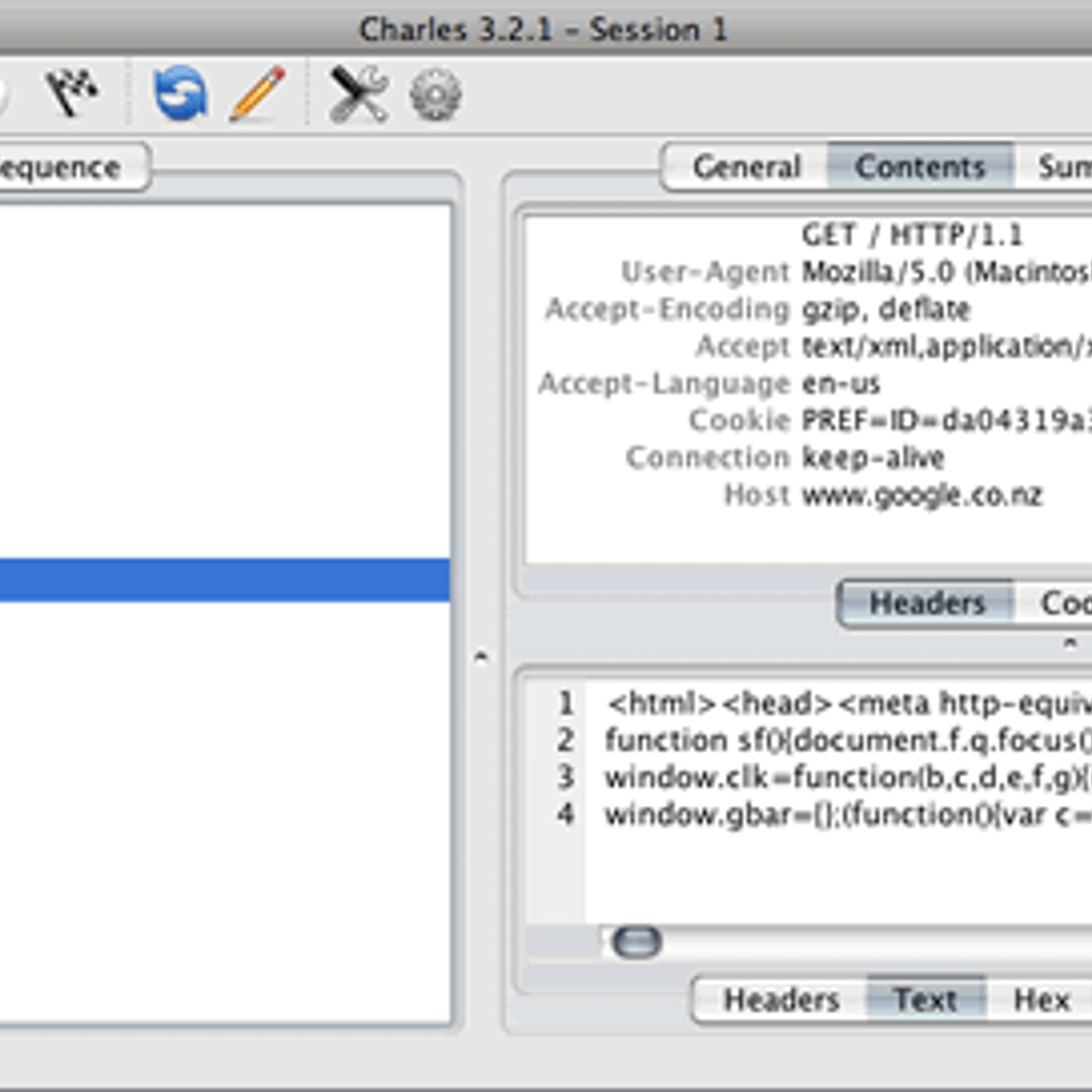How To Install Paros Proxy In Ubuntu
Squid is a most popular caching and forwarding HTTP web proxy server used my wide range of companies to cache web pages from a web server to improve web server speed, reduce response times and reduce network bandwidth usage.
How to install and configure Squid proxy. Knowing how to install and configure a proxy server. I will demonstrate installing the Squid proxy server on Ubuntu. Dante is a socks5 server that you can use to setup a socks5 proxy on your ubuntu or debian. But we can use the deb file from the ppa to install dante on Ubuntu 16.10. How To Install And Configure Squid Proxy On Ubuntu And Debian. SureSwift Content - March 17, 2015. About Squid Proxy. Squid Proxy is a a great proxy server mainly used for caching frequently requested web content in order to speed up response time and also save network bandwidth.
Read Also: How to Create an HTTP Proxy Using Squid on CentOS 7
In this article, we will explain how to install a squid proxy server on Ubuntu and Debian distributions and use it as an HTTP proxy server.

How to Install Squid on Ubuntu
Before we begin, you should know that Squid server doesn’t have any requirements, but the amount of RAM utilization may differ based on the clients browsing the internet via the proxy server.
Squid package is available to install from the base Ubuntu repository, but before that make sure to update your packages by running.
Once your packages are up to date, you can proceed further to install squid and start and enable it on system startup using following commands.
At this point your Squid web proxy should already be running and you can verify the status of the service with.
Sample Output
Following are the some important squid file locations you should be aware of:
- Squid configuration file: /etc/squid/squid.conf
- Squid Access log: /var/log/squid/access.log
- Squid Cache log: /var/log/squid/cache.log
The default configuration file contains some configuration directives that needs to be configured to affect the behavior of the Squid.
Now open this file for editing using Vi editor and make changes as shown below.
Now, you may search about the following lines and change them as requested, in the Vi editor, you may search about those lines by hitting the ‘ESC’ and typing “/” key to writing the specific lines to look for.
- http_port : This is the default port for the HTTP proxy server, by default it is 3128, you may change it to any other port that you want, you may also add the “transparent” tag to the end of the line like http_port 8888 transparent to make Squid proxy act like a transparent proxy if you want.
- http_access deny all : This line won’t let anybody to access the HTTP proxy server, that’s why you need to change it to http_access allow all to start using your Squid proxy server.
- visible_hostname : This directive is used to set the specific hostname to a squid server. You can give any hostname to squid.
After making above changes, you may restart the Squid proxy server using the command.
Configuring Squid as an HTTP Proxy on Ubuntu
In this squid configuration section, we will explain you how to configure squid as an HTTP proxy using only the client IP address for authentication.
Add Squid ACLs
If you wish to allow only one IP address to access the internet through your new proxy server, you will need to define new acl (access control list) in the configuration file.
The acl rule you should add is:
Where XX.XX.XX.XX is the IP address of client machine. This acl should be added in the beginning of the ACL’s section as shown in the following screenshot.
It is always a good practice to define a comment next to ACL which will describe who uses this IP address, for example.
You will need to restart Squid service to take the new changes into effect.
Open Ports in Squid Proxy
By default, only certain ports are allowed in the squid configuration, if you wish to add more just define them in the configuration file as shown.
Where XXX is the port number that you wish to allow. Again it is a good practive to define a comment next to acl that will describe what the port is going to be used for.
Add Ports in Squid Proxy
For the changes to take effect, you will need to restart squid once more.
Squid Proxy Client Authentication
Paros Proxy Windows
To allow users to authenticate before using the proxy, you need to enable basic http authentication in the configuration file, but before that you need to install apache2-utils package using following command.
Now create a file called “passwd” that will later store the username for the authentication. Squid runs with user “proxy” so the file should be owned by that user.
Now we will create a new user called “tecmint” and setup its password.
Now to enable basic http authentication open the configuration file.
After the ports ACLs add the following lines:
Save the file and restart squid so that the new changes can take effect:
Block Websites on Squid Proxy
To block access to unwanted websites, first create a file called “blacklisted_sites.acl” that will store the blacklisted sites in it. Marathi typing kruti dev 055 font.
Now add the websites that you wish to block access, for example.

The proceeding dot informs squid to block all references to that sites including www.badsite1, subsite.badsite1.com etc.
Now open Squid’s configuration file.
Just after the above ACLs add the following two lines:
Block Websites in Squid
Now save the file and restart squid:
Block Specific Keyword with Squid
To block a list of keywords, first create a file called “blockkeywords.lst” that will store the blacklisted keywords in it.
Now add the keywords that you wish to block access, for example.
Now open Squid’s configuration file and add the following rule.
Now save the file and restart squid:
Once everything configured accurately, you can now configure your local client web browser or operating system’s network settings to use your newly configured squid HTTP proxy.
Configure Client to Use Squid Proxy
Now to test that your proxy server is working or not, you may open Firefox and go to Edit –> Preferences –> Advanced –> Network –> Settings and select “Manual proxy configuration” and enter your proxy server IP address and Port to be used for all connection as it follows.
Once you fill all the required proxy details, you will be able to surf the Web using your Squid proxy server, you may do the same thing in any other browser or program you want.
To make sure that you are surfing the web using your proxy server, you may visit http://www.ipaddresslocation.org/, in the right top corner you must see the same IP address as your server IP address.
For more additional configuration settings, you may check official squid documentation. If you have any questions or comments, please add them in the comment section below.
Can anyone suggest, where to find out detailed tutorials on Paros Proxy, I mean how to test application with paros. The information provided in concern site is not enough as it suggest only its use, I want like how to put SQL injection or XSS etc. Please suggest some help. Thanks in advance.
2 Answers
As such, paros proxy does not have documented tutorials. Have you given it a try first?
To get things started, first of all configure your browser for a proxy at localhost and a port. Intel visual fortran compiler professional.
Now you would have to set a local proxy in Paros Proxy from Tools -> Options -> Local Proxy. Set the address & port to the values which were set in the browser.
Go to the 'Trap' tab in Paros and tick the checkboxes 'Trap Request' and 'Trap Response'.

Load the url of the website you are testing on the browser. This http request will be intercepted in Paros Proxy. Now you can change the parameters as you like for testing.
I would also suggest you to try ZAP Proxy as well. This has been forked out of Paros Proxy itself. It has a decent level of documentation as well.
Ubuntu How To Install
You can find the details from the following PDF: